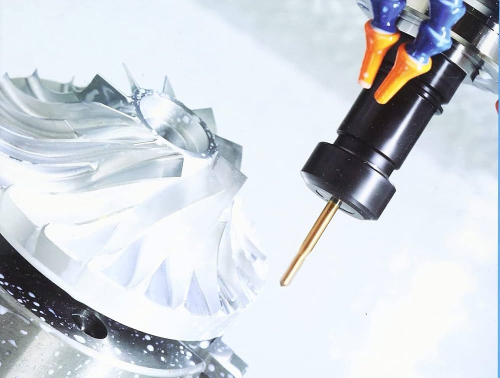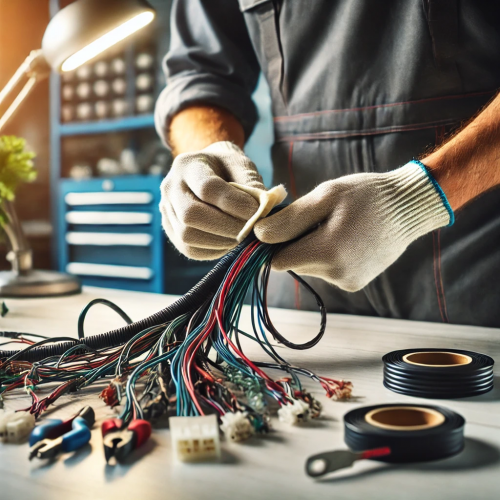From the cars we drive in daily life, household appliances at home, to the large machinery in industrial production, or the airplanes soaring in the sky, there is a crucial component hidden inside them —— the wire harness. It is composed of contact terminals (connectors) punched from copper materials, which are crimped with wires and cables, and then an insulating body is molded and pressed on the outside, or a metal shell is added, etc. The components that form the connection circuit are created by bundling the wire harness. The wire harness is like the “blood vessels” and “nerves” in the equipment, responsible for transmitting energy and signals and maintaining the normal operation of the equipment, just as indispensable as the blood circulation and nervous system of the human body.
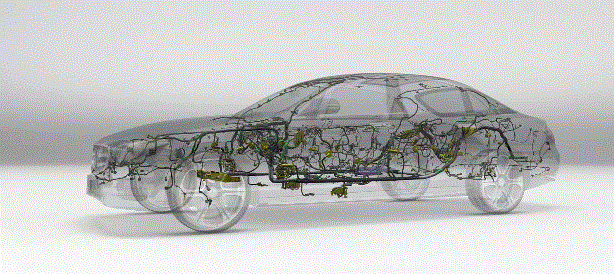
According to different applications and characteristics, wiring harnesses can be classified in various ways. The common classification methods are as follows:
-
Classification by Application Field
Automotive Wiring Harness: Used in the automotive electrical system to connect various automotive electronic components, such as the engine, lighting, audio system, instrument panel, etc.
Home Appliance Wiring Harness: Used in home appliances, such as air conditioners, refrigerators, washing machines, etc., to connect the power supply, control modules, and other components.
Industrial Equipment Wiring Harness: Used in industrial machines, automation equipment, production lines, etc., mainly responsible for the power supply and signal transmission of the equipment.
Communication Wiring Harness: Used in communication equipment and network equipment, such as switches, routers, etc.
Aerospace Wiring Harness: Used in the complex electrical systems in the aerospace field, requiring high reliability and anti-interference ability.
Medical Equipment Wiring Harness: Used for the electrical connections in medical devices and equipment, such as patient monitors, X-ray machines, etc.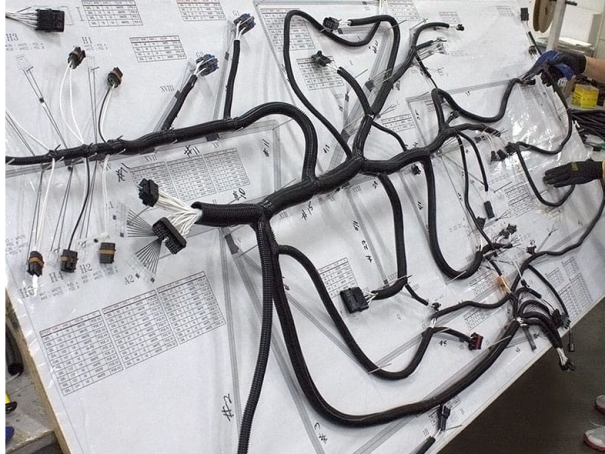
-
Classification by Function
Power Wiring Harness: A wiring harness mainly used for transmitting electricity, such as battery connection wire harnesses, power supply wire harnesses, etc.
Signal Wiring Harness: A wiring harness used for transmitting signals, usually involving low-voltage signals, such as the signal transmission of sensors and control systems.
Control Wire Harness: A wiring harness connecting different control components, commonly used for the connection of control systems, involving components such as switches and relays.
Data Wire Harness: A wiring harness used for data transmission, usually applied in computers, communication, and audio and video equipment. -
Classification by Structural Form
Single-wire Wire Harness: A wiring harness with only one wire, usually used for simple electrical connections.
Multi-wire Wire Harness: Composed of multiple wires, usually with structures such as cable bundling and covering, suitable for the connection of complex electrical systems.
Round Wire Harness: A wiring harness in which the wires are arranged and packaged in a circular shape, suitable for compact spaces and environments that require anti-interference.
Flat Wire Harness: The wires are arranged in a flat shape, which is convenient for saving space and reducing the interference between wire harnesses, commonly found in home appliances and small electronic products.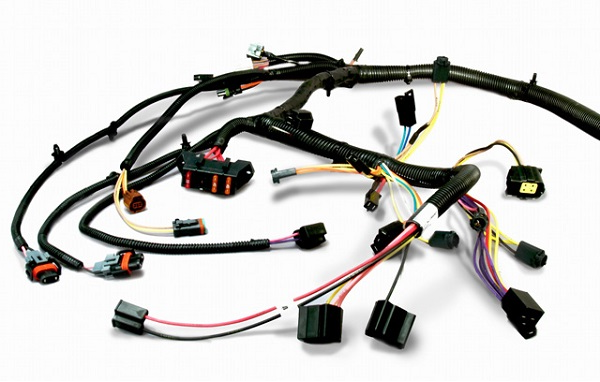
-
Classification by Usage Environment
High-temperature Wire Harness: A wiring harness used in high-temperature environments, usually made of high-temperature-resistant materials such as silicone rubber and Teflon.
Low-temperature Wiring Harness: A wiring harness used in low-temperature environments, mainly made of low-temperature-resistant materials, such as polytetrafluoroethylene (PTFE).
Waterproof Wiring Harness: Used in wet or waterproof-required environments, using waterproof connectors and insulating materials.
Fireproof Wire Harness: Made of fireproof materials, suitable for places with fire risks, commonly found in the aerospace and automotive industries. -
Classification by Connection Method
Plug-in Wiring Harness: The connectors are connected using plugs and sockets, which is convenient for disassembly and replacement.
Welded Wiring Harness: The wires and connectors are connected by welding, usually used in applications requiring high reliability.
Crimped Wiring Harness: The wires and connectors are fixedly connected using crimp connectors, suitable for mass production.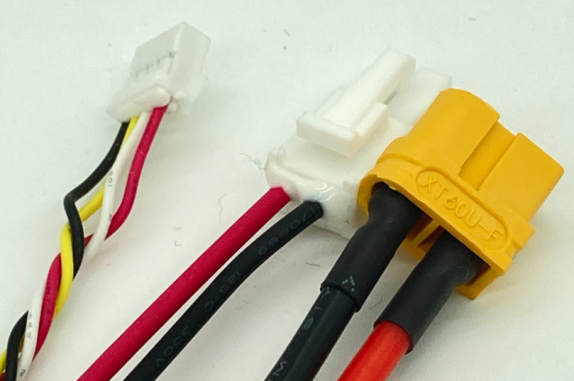
-
Classification by Voltage Level
Low-voltage Wire Harness: The voltage is generally 12V, 24V, or 48V, etc., commonly found in the automotive, home appliance, and other fields.
High-voltage Wire Harness: A wire harness with a voltage higher than 150V, usually used in new energy vehicles, power systems, etc. -
Classification by Conductor Material
Copper Wire Harness: The most common conductor material, with good electrical conductivity and flexibility.
Aluminum Wire Harness: Mainly used in some occasions with light weight requirements, with lower costs, but the electrical conductivity is not as good as that of copper.
Alloy Wire Harness: Made of copper alloys or other metal alloys, suitable for special environments, such as high-temperature and high-pressure environments.
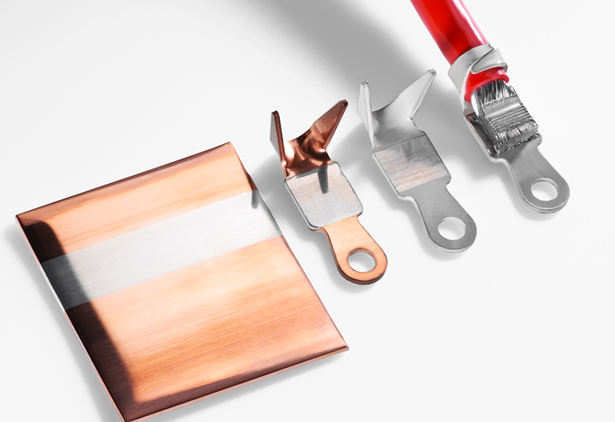
Different electronic devices have different requirements for wiring harnesses. For example, in the automotive industry, due to the complex environment in the engine compartment of a car, there are high requirements for the wiring harness in terms of high-temperature resistance, oil resistance, and vibration resistance. In the aerospace field, due to the low-temperature environment at high altitudes during flight, there are high requirements for the wire harness in terms of low-temperature resistance and radiation protection. Kangrui Electronics takes these different factors into account in the design and manufacturing of wiring harnesses, and uses appropriate materials, processes, and structures to meet the needs of the equipment. It is a connector and wire harness manufacturer that provides professional customized services for customers. (Some text information and pictures are sourced from the Internet. If there is any infringement, please contact us.)






